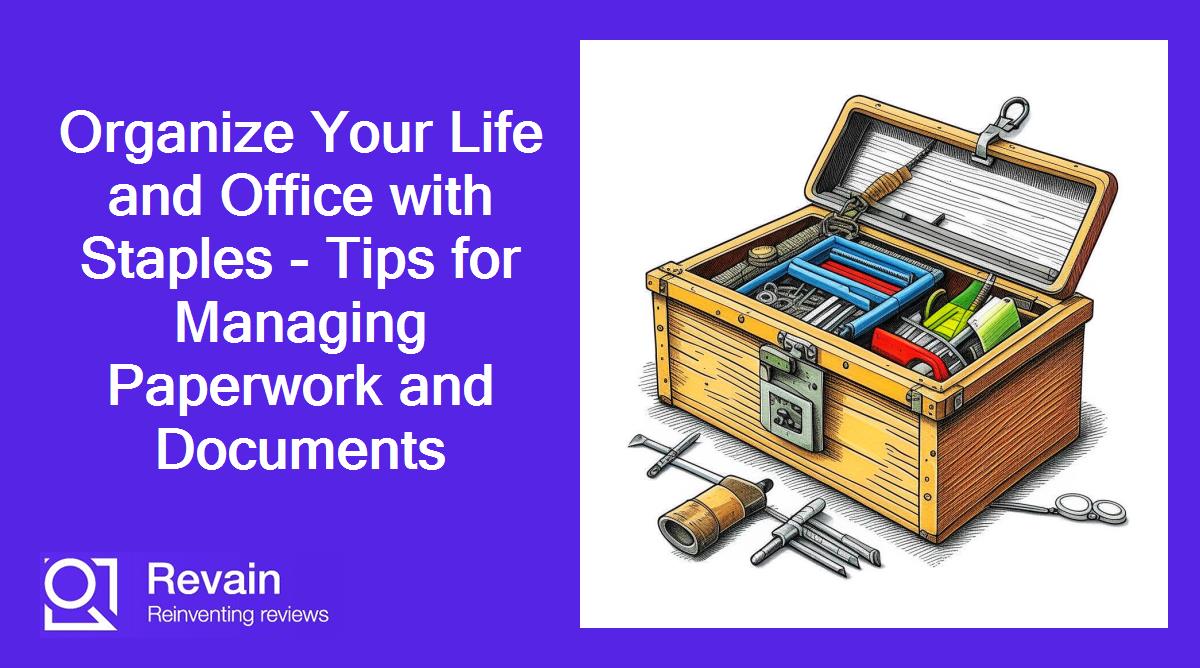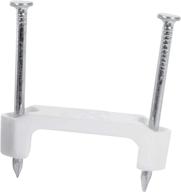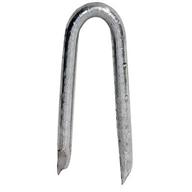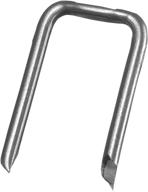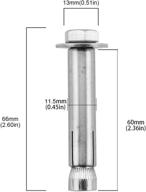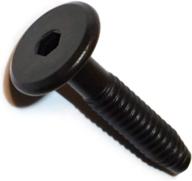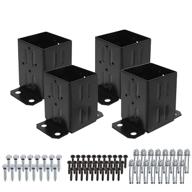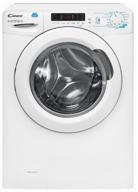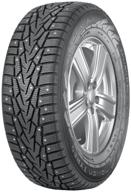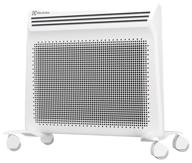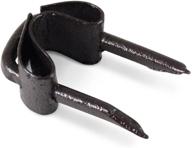The Struggle of Loose Papers
We've all been there. Piles of paper covering your desk, documents scattered across the floor, notes stuck to the fridge - it's a common problem in homes and offices alike. Loose papers can quickly become an overwhelming mess, making it frustratingly difficult to find what you need when you need it.
The Problems of Disorganization
There are many downsides to having loose, disorganized papers:
- Wasted time searching - Rifling through stacks of paper to find a specific document is inefficient and annoying.
- Misplaced important items - It's easy for vital documents and notes to get buried and temporarily lost in the clutter.
- Lack of structure - With everything scattered about willy-nilly, it's hard to impose order and establish any kind of system.
Taming the Paper Monster
Getting control of all those loose pages may seem daunting, but there are some simple strategies that can help:
Step 1: Sort
Go through the piles and sort everything into broad categories like:
- Action pending
- Reference material
- Sensitive/confidential
- To file
- To shred
Step 2: Purge
Be ruthless here - if you don't need it, don't keep it. Shred or recycle as much as possible.
Step 3: File
For any papers you're keeping, invest in some organizing supplies like folders, binders, divider tabs, and hanging files. File items properly so you can find them easily later.
| Document Type | Organizing Method |
|---|---|
| Project notes | Binder with tabs or individual folder |
| Reference material | Labeled hanging folders |
| Action items | Desk file sorter |
Maintain with Good Habits
Once you've organized all those loose papers, maintaining order will be much easier with habits like:
- Putting documents away immediately after use
- Scheduling time to declutter regularly
- Processing paperwork right away instead of letting it pile up
With a bit of effort up front and some ongoing diligence, you can get control of that messy paper problem once and for all.
The Mess of Unorganized Documents
It starts innocently enough - a few stray papers here, a small pile there. But soon your desk, table, and floor are covered with disorganized documents, forms, notes, and more. Now you've got a big mess on your hands.
The Downward Spiral
Unorganized documents tend to multiply rapidly, which only makes the problem worse. Here's how it often goes:
- You set down a couple pieces of paper with the intention of filing them later.
- More and more documents accumulate in this spot.
- The pile gets bigger and bigger over time.
- You have to move things around and create new piles just to find space.
- Soon your entire workspace is a disaster zone.
Damaging Effects
Document disorganization can negatively impact productivity and efficiency in many ways:
- Lost documents - Buried paperwork means things get misplaced.
- Wasted time - Searching through piles to find what you need is incredibly inefficient.
- Missed deadlines - Disorganization makes it easy to overlook due dates and obligations.
- Frustration - Messy documents contribute to a stressful work environment.
Tips for Organizing
It will take some effort, but you can tackle that document mess. Here are some helpful strategies:
1. Sort and Purge
Go through all papers and separate into logical categories. Get rid of any unnecessary documents or duplicates.
2. File Properly
Use folders,binders, labeled dividers, and storage boxes to organize papers for easy access later.
3. Maintain the System
Make organization a habit by always putting items away properly after use. Schedule time regularly to declutter.
4. Store and Back Up Digitally
For documents you use often, scan them to create electronic copies. Back up files to external drives or cloud storage.
5. Stop Paper Buildup
Reduce incoming paperwork by going paperless whenever possible. Sign up for paperless billing and sharing digital files instead of printing.
With some concerted clean-up efforts and new habits, you can conquer that out-of-control document mess once and for all.
The Headache of Keeping Things in Place
Whether it's papers on your desk, pictures on the wall, or supplies in the closet, it can be a real challenge to keep things neatly in their proper spot. Despite your best efforts, items always seem to shift and slide out of place, contributing to a disorganized mess.
Causes of Displacement
There are a few key reasons why items easily shift around and won't stay put:
- Insufficient securing methods - Things aren't anchored or fastened effectively.
- Gravity - Papers and objects slide down angled surfaces.
- Contact and vibration - Stuff gets bumped and jostled out of position.
- Competition for space - A crowded environment pushes things out of their allotted area.
Consequences of Disorganization
Items that won't stay in place can lead to problems like:
- Wasted time hunting for misplaced items
- Clutter as things pile up out of place
- Frustration and stress
- Difficulty maintaining a professional appearance
- Higher risk of damage as things fall or get stepped on
Tips for Keeping Items in Place
Fortunately, you can overcome displacement issues with these organizing methods:
For Desks and Tables
- Drawer organizers
- Pen cups
- Trays for sorting papers
- Corner shelves for vertical storage
- Cable clips to control wires
For Wall Decor
- Secure picture hanging hardware
- Command strip products
- Shelving to display and contain items
For Closets and Shelves
- Shelf dividers
- Bins, baskets, and storage containers
- Space-saving hangers
- Sturdy shelving units
Don't let things slide into disarray. With a few strategic organizational products and methods, you can control clutter and keep everything firmly in its place.
Top products in 📎 Staples
The Fight Against Clutter
Clutter can slowly and stealthily take over homes and workspaces. It accumulates through papers and items that pile up with good intentions but never get organized and dealt with properly. Left unchecked, clutter multiplies quickly and creates stress along with challenges finding what you need when you need it.
Another interesting products
Causes of Clutter
Clutter usually builds up gradually due to:
- Paperwork that isn’t processed immediately
- Inefficient organizing systems
- Holding on to excess items
- Disorganization and lack of storage options
- Letting spaces become overcrowded
Problems Caused by Clutter
Too much clutter leads to:
- Lost and misplaced items
- Wasted time searching and moving piles
- Lack of usable work and living space
- Feelings of stress and being overwhelmed
- Unprofessional or embarrassing appearance
Strategies for Battling Clutter
Fight back against clutter with these tactics:
1. Attack Paper Clutter
- Implement a paper management system for sorting, acting on, and filing paperwork.
- Sign up for paperless billing and subscriptions.
- Scan and back up important documents.
2. Eliminate Unneeded Items
- Clean out closets, cabinets, and drawers and get rid of anything you don’t use.
- Donate, recycle, or sell unwanted stuff.
3. Organize with Storage Solutions
- Use baskets, bins, shelves, and filing cabinets to contain items.
- Label storage areas clearly so items can be found and returned easily.
With consistent effort over time, you can clear out clutter and create clean, organized spaces for working and living.
Taming Your Paper Monster
Paperwork seems to multiply when we're not looking, growing into a wild paper monster threatening to consume our desks, tables, and lives. Loose sheets, unorganized documents, scattered sticky notes - it's a chaotic mess.
Similar products
Causes of Paper Disorder
Paper piles up quickly when you:
- Let documents stack up without filing them away
- Lack an effective paper organization system
- Hold on to more paper than you really need
- Have insufficient storage options for paperwork
Problems Created by Paper Messes
Disorganized paper creates many headaches, including:
- Wasted time searching through stacks to find something
- Misplaced important documents and information
- Difficulty concentrating in a messy environment
- Higher stress levels and frustration
Steps to Tame Your Paper Monster
It’s time to get that unruly paper beast under control. Here’s how:
1. Sort Through Current Paperwork
Go through everything and make quick decisions: trash it, file it, or take action on it.
2. Purge What You Don't Need
Get rid of any unnecessary documents or duplicates.
3. Organize With Folders and Labels
Use folders, binders, dividers, and labels to neatly categorize papers for easy access.
4. Reduce Incoming Documents
Request electronic bills instead of mailed paper statements.
5. Deal With Paperwork Immediately
Don’t let documents pile up - sort mail when it arrives and respond to or file papers right away.
6. Schedule Regular Decluttering Time
Set time every week to sort through papers and keep everything under control.
With consistent effort, you can transform that scary paper monster into a tame, organized system for managing paperwork and documents.
Get a Grip on Your Files
Between work projects, bills, manuals, and more, files have a way of accumulating rapidly. Without a good organizational system, important documents end up scattered among folders, drawers, stacks, and piles. Getting a handle on your files is essential for running an efficient office, home, or small business.
Problems Caused by Disorganized Files
File disorder leads to major headaches including:
- Misplaced documents and inability to find files when needed
- Duplication of files since existing copies can't be located
- Difficulty keeping track of critical deadlines and obligations
- General frustration and decreased productivity
Key Principles for Organizing Files
Follow these basics when establishing an effective file organizing system:
1. Sort Files by Category and Date
Organize files into logical categories like "Finance," "Projects," and "Invoices" with subcategories as needed. Within categories, sort by date or name.
2. Purge Obsolete Documents
Remove any unnecessary copies or outdated files that don't need to be kept.
3. Use a Standard Filing Method
Consistently file items so they can be easily located later. An alphabetical system works well.
4. Label Clearly
Use descriptive folder names so anyone can determine what's inside. Include dates where relevant.
Handy Supplies for Organizing Files
- File folders
- Expanding file folders to hold bulkier items
- Hanging folders for filing cabinets
- Dividers and tabs for sectioning off categories
- Storage boxes for archival files
Establishing an orderly filing system saves time, reduces stress, and leads to greater efficiency in your work and home life.
Say Goodbye to Paper Chaos
Nothing creates more clutter and frustration than the dreaded piles of paper that accumulate from unsorted mail, printouts, notes, and documents. Desk surfaces become buried, drawers overflow, and important items are lost in the mess.
Causes of Paper Clutter
Paper chaos happens due to:
- Lack of sorting and purge habits
- Disorganized storage options
- Keeping unnecessary documents
- Poor paper management skills
Problems Paper Clutter Creates
Some issues caused by paper clutter include:
- Wasted time searching for buried items
- Higher stress levels
- Delayed action as papers get lost in piles
- Frustration when desk areas become unusable
- Higher security risks from mishandled confidential papers
Strategies to Stop Paper Chaos
Here are tips for creating an organized, clutter-free paper system:
1. Attack Existing Paper Piles
Sort through everything and purge unneeded documents. Organize the keepers into logical categories.
2. Establish Simple Filing Routines
Create folders and labels so papers have designated homes. Make filing a daily habit.
3. Reduce Incoming Paper Volume
Go paperless by signing up for electronic bills, statements, and subscriptions.
4. Handle Papers Right Away
Don't let documents pile up - process mail and paperwork daily.
5. Schedule Regular Decluttering Sessions
Devote time weekly or monthly to sort through and purge files to prevent buildup.
With consistent effort and established organizational habits, you can successfully tackle paper clutter for good.
What is the Benefit of Amazon Prime when Buying Staples?
Amazon Prime offers a number of advantages when purchasing everyday essentials like staples. The exclusive features and perks make shopping for items like paper, pens, folders, and more convenient and affordable.
Free Two-Day Shipping
One of the biggest Prime benefits is free two-day shipping on eligible items. This means you can order staples like sticky notes, binders, notebooks and get them quickly without paying extra shipping fees.
Free One-Day Shipping
Amazon recently expanded free fast shipping, offering Prime members free one-day delivery on more than 10 million items. This is useful when you need staples or office supplies quickly.
Free Release-Date Delivery
Need a hot new notebook, planner or file organizer right when it is released? Prime members can get new products delivered on their actual release date at no extra cost.
Prime Pantry
For bulk orders of heavy staples like reams of paper, utilize Prime Pantry's free scheduled delivery. Fill a Prime Pantry box with paper, pens, clips and more and get it shipped for a low flat rate.
Subscribe & Save Discounts
Set up regular monthly deliveries of high-use staples like printer paper and get up to 15% off via the Subscribe & Save program. This also helps ensure you never run out.
Amazon Household
Share Prime benefits like free shipping with one other adult in your household. Easily collaborate and combine orders for office supplies.
Overall, an Amazon Prime membership can save time and money when purchasing essential supplies and staples. The convenient shipping perks make stocking up your home or office easy.
Alternative To Staples And Paper Clips
There are several alternatives to staples and paper clips that can be used to bind documents. Here are some options:
- No Slip Clips: These clips are a revolutionary clasp and fastener for documents and reports that hold 2 to 50 pages perfectly without staples. Unlike traditional staples, they don't make holes in the papers you want to bind and are reusable. They come off easily when you want them to without leaving a visible mark.
- Binder Clips: These clips come in different sizes and capacities and are ideal for thicker stacks of paper that paper clips and staples cannot handle. They have a bent piece of metal with two metal loops that you can press to open the jaws of the bent metal. They are reusable and do not easily deform, allowing you to use them as many times as you like.
- Slide Binders: These are somewhat larger and longer versions of binder clips, without the metal loops to open the jaws. To bind papers, "slide" the binder on the side of your paper stack ensuring that its jaws are clipping the papers. They come in different sizes and capacities, depending on the type of paper that you want to bind.
- Rubber Bands: These can be used as an alternative to paper clips. They do a great job of holding stacks of paper together and are easy to use. Simply put the rubber bands around the stack of papers.
- Paper Fastener and Punchers: This process is quite long, but it's great for holding papers together. You use the puncher to make holes in your stack of papers and put in the paper fastener, which is a long thin thread or a flexible prong. After doing these, you can be sure that your paper stack is firm and won't fall off.
- Patterned Washi Tape: This is a fun and easy way to bind a set of documents. To bind a set of documents, just put a long piece of tape face down (sticky side up) on the table and line up the paper to the center of the tape. Then, fold the tape over. It looks very fancy and it's super cheap.
- Origami: While not a practical solution, it's interesting to note that Winston Churchill's staff would resort to origami to keep documents bound when paper clips and staples
How To Bind Papers Without Staples Or Clips?
There are several alternatives to staples and paper clips that can be used to bind documents. Here are some options:
- No Slip Clips: These clips are a revolutionary clasp and fastener for documents and reports that hold 2 to 50 pages perfectly without staples. Unlike traditional staples, they don't make holes in the papers you want to bind and are reusable. They come off easily when you want them to without leaving a visible mark.
- Binder Clips: These clips come in different sizes and capacities and are ideal for thicker stacks of paper that paper clips and staples cannot handle. They have a bent piece of metal with two metal loops that you can press to open the jaws of the bent metal. They are reusable and do not easily deform, allowing you to use them as many times as you like.
- Slide Binders: These are somewhat larger and longer versions of binder clips, without the metal loops to open the jaws. To bind papers, "slide" the binder on the side of your paper stack ensuring that its jaws are clipping the papers. They come in different sizes and capacities, depending on the type of paper that you want to bind.
- Rubber Bands: These can be used as an alternative to paper clips. They do a great job of holding stacks of paper together and are easy to use. Simply put the rubber bands around the stack of papers.
- Paper Fastener and Punchers: This process is quite long, but it's great for holding papers together. You use the puncher to make holes in your stack of papers and put in the paper fastener, which is a long thin thread or a flexible prong. After doing these, you can be sure that your paper stack is firm and won't fall off.
- Patterned Washi Tape: This is a fun and easy way to bind a set of documents. To bind a set of documents, just put a long piece of tape face down (sticky side up) on the table and line up the paper to the center of the tape. Then, fold the tape over. It looks very fancy and it's super cheap.
- Origami: While not a practical solution, it's interesting to note that Winston Churchill's staff would resort to origami to keep documents bound when paper clips and staples were not allowed.






